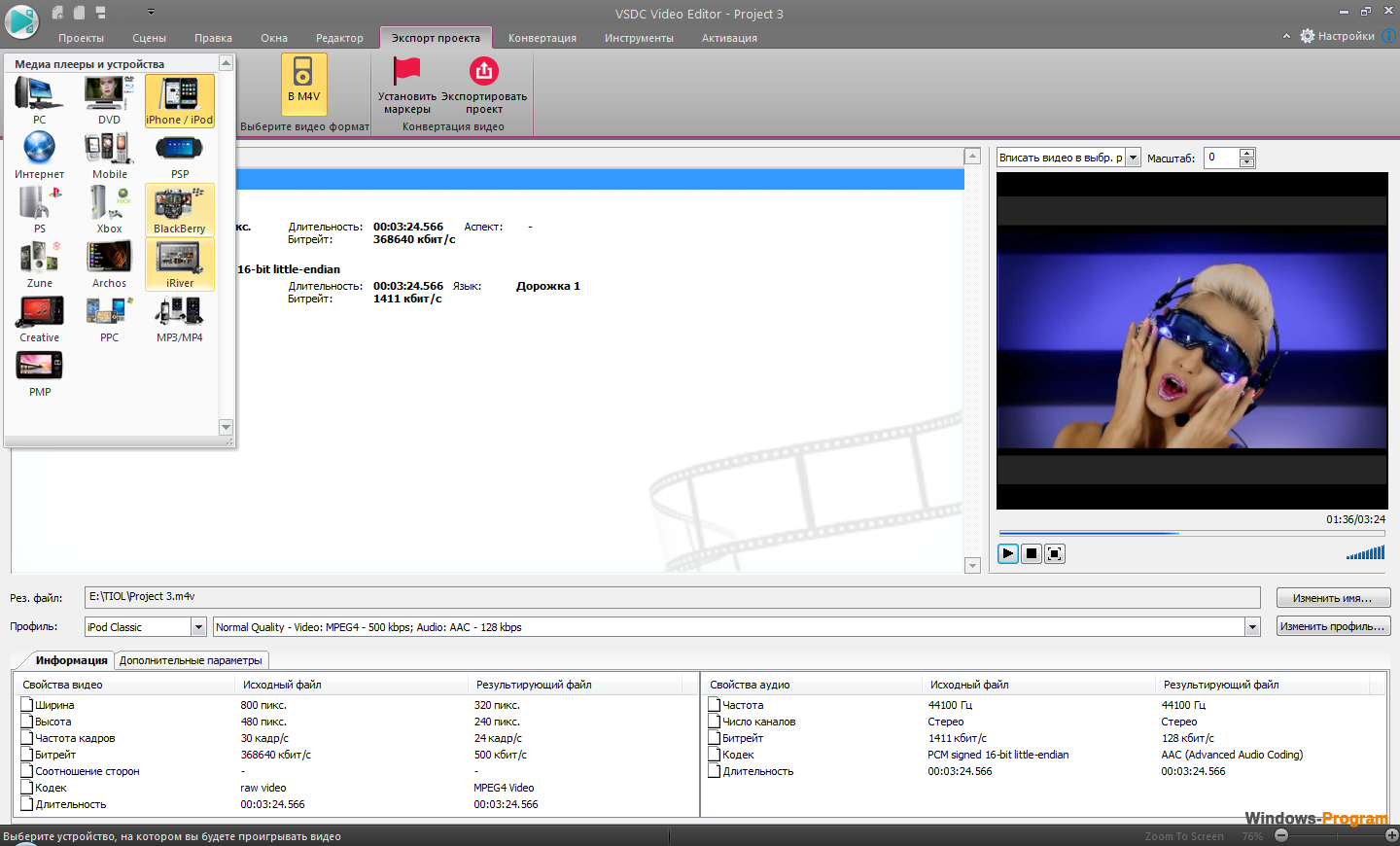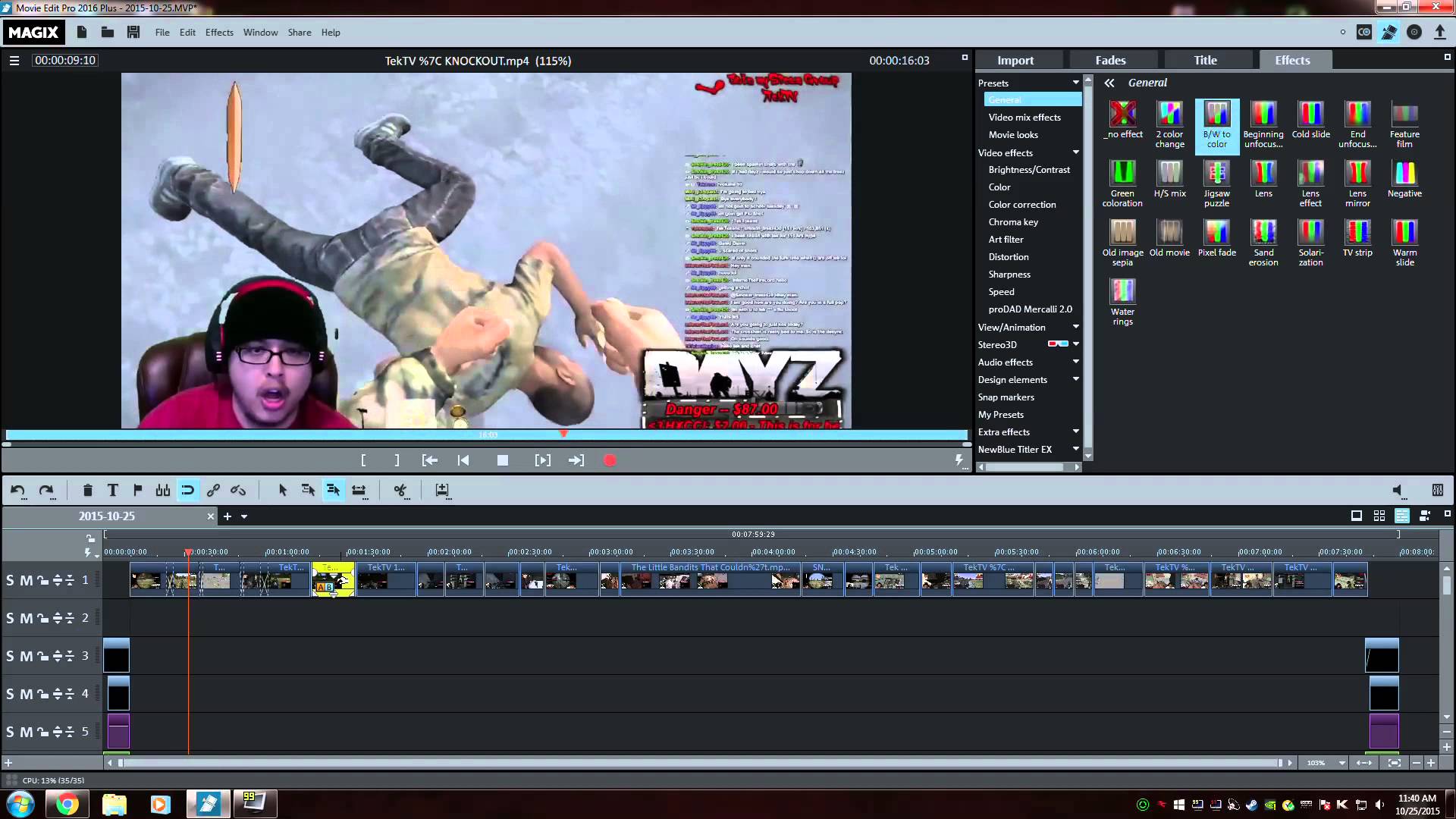Translating for Children
Data: 2.09.2018 / Rating: 4.6 / Views: 952Gallery of Video:
Gallery of Images:
Translating for Children
Translating for Children is suitable for teaching purposes, and can be used as a course book in literary translation and children's literature. children because the treatments occur during a vulnerable period of development and longer survival times mean more time for late effects to impact a childhood cancer survivors health. If you speak and write a Native American language, and would like to help with translating a childrens book into your language, please contact Adele at: Translators receive payment for their translations, a byline on the front of the book, and a contact link on the website. Translating Children Books: Difficulties and Reluctances. Babar, Pippi Longstocking, Emil and the Detectives, Heidi, The Wonderful Adventures of Nils and even Asterix and Obelix or Tintin (comic books meant for adults more than children) are works we are familiar with. Some of them have marked our childhood, and those books are available to all thanks to the wonders of translation. let us have a general look at methods used in translation. translating for children offers the same challenges as translating for adults and the methods used to solve translation problems encountered when translating for adults are also used when translating for children. Each culture is unique and special. And the way of telling stories is also different depending on the authors origin. Translating Childrens Literature is an exploration of the many developmental and linguistic issues related to writing and translating for children, an audience that spans a period of enormous intellectual progress and affective change from birth to adolescence. Translating children's literature involves main aims and purposes, therefore the socalled skopos theory mentioned by Carta has proven to be useful in uncovering the mechanisms involved in. Learner groups work on translating different sections of a text, and then regroup to connect together their parts into a full text, with suitable connecting language. Learners bring in examples of L1 language (in their own country) or L2 (in another country) for discussion and translation. Translating for Children 36 From the discussion above, childrens literature may be understood as literature meant for children. As such, it has its own characteristics and generally contains values which those Children's literature delights in madeup words, nonsensical terms, and creative nicknames, but how do you translate these expressions into another language? This book provides a new approach to translation studies to address the challenges of translating children's literature. It focuses on expressive language (nonsense, names, idioms, allusions, puns, and dialects) and provides guidance for. The Translation of Proper Names in Literature for Children and Youngsters Talking about proper names in Childrens Literature is, no doubt, to talk about the concepts of domesticating and foreignizing. How I translate children's books How I translate children's books Awardwinning translator Sarah Ardizzone explains the complex art of translating books through this gallery of her latest book. Literature Across Frontiers Director Alexandra Bchler, Turkish childrensbook author, editor, and agent Zeynep Sevde Paksu, and Lebanese childrens book author and translator Fatima Sharafeddine spoke at the Abu Dhabi International Book Fair on Monday about the rewards and difficulties of translating childrens literature into and out of Arabic. Translating for Children is not a book on translations of children's literature but a book on translating for children. It is concentrating on human action in translation and focuses on the translator, the translation process, and translating for children, in particular. Riitta Oittinen: Translating for Children Garland, Inc. , New York, 2000 Situation and purpose are an intrinsic part of all translation. Translators never translate words in isolation but whole situations. Once upon a time, two bookish parents one GermanAmerican and one French went looking for the books that they had loved when they were little, in order to read them to their own children. Translating cartoons, especially those for children, is in a way different from translating films for adults, due to the different functions and features of films for adults and cartoons for children. Translating for Children concentrates on human action in translation and focuses on the translator, the translation process, and translating for children, in particular. Translators never translate words in isolation but whole situations. They bring to the translation their cultural heritage, their. Translating for Children is not a book on translations of children's literature but a book on translating for children. It is concentrating on human action in translation and focuses on the translator, the translation process, and translating for children, in particular. After several fiction and nonfiction books meant for grownups, Ive recently started translating childrens books. More precisely, I had the opportunity to work on two books meant for smaller children, of 78 years old, and two other books for older children, lets say a comfortable 10years old. Translating for Children is not a book on translations of children's literature, but a book on translating for children. It concentrates on human action in translation and focuses on the translator, the translation process, and translating for children, in particular. Join ResearchGate to find the people and research you need to help your work. Diversity in childrens literature Posted on February 13, 2017 February 13, 2017 Diversity is a word that were hearing more and more lately, and thats a good thing. Translating for Children Children's Literature and Culture Volume 11 Garland Reference Library of the Humanities Volume 2150 Childrens Migrant children often become interpreters for their parents in settings like the doctor's office, legal situations and even in parentteacher interviews. This can be a burden and affect their health. How to Translate Your Book and Get Published into Other Languages. I am currently working on translating a childrens book series. It is a Haitian Folktale Collection that has already been translated into the English language and now the author would like them translated into Spanish as well. I have to say that this post about How. Translating for Children is not a book on translations of children\'s literature but a book on translating for children. It is concentrating on human action in translation and focuses on the. Translating Childrens Literature is an exploration of the many developmental and linguistic issues related to writing and translating for children, an audience that spans a period of enormous intellectual progress and affective change from birth to adolescence. Covering almost three decades of research in the wide field of writing and translating for children, calling into play the contributions of scholars involved in the study of children's literature, of the translation of books but also audiovisual texts and, last but not least, the reflections of several distinguished translators, the volume. Thus, translating children literature is a stimulating for translators who have to put into consideration childrens cognitive and linguistic abilities; translators also need to transfer the culture of the Source Text (ST) in a way which does not result in any cultural gaps in the Target Text (TT). Translating Childrens Literature consists of seven chapters. The author puts special emphasis on the narrative communication with the child reader (Chapter one), the translation of cultural markers and intertextual references (Chapter two), and on the translating of the visual and audio aspects of texts for children and young people. Translating for Children and YA. On the complex world of children's literature and its translation, managed by Luisa Olmedo and Paula Pintos Legendary translator Anthea Bell began translating Asterix in 1969, eight years after the books first appeared in French. Anthea is responsible for some of Asterix's finest puns and it was she. Translating Childrens Literature is an exploration of the many developmental and linguistic issues related to writing and translating for children, an audience that spans a period of enormous intellectual progress and affective change from birth to adolescence. Translating the names of characters in childrens books can also be challenging. For example, would a fiveyearold child in Mexico identify with someone named Peter or Henry: perhaps it would be more appropriate to change these names to Luisito or Carlitos, which are much closer to their everyday reality. Translating for children is of very special importance for Finland. In spite of the flourishing Finnish children's literature, Finns must rely heavily on translations. A case is made for the dialogic nature of translation. When translating dialogically for the child, the translator should anticipate the response of the childreader, listen to his reader, reach out to the child. Translating Childrens Literature is an exploration of the many developmental and linguistic issues related to writing and translating for children, an audience that spans a period of enormous intellectual progress and affective change from birth to adolescence. Translating Childrens Literature is an exploration of the many developmental and linguistic issues related to writing and translating for children, an audience that spans a period of enormous intellectual progress and affective change from birth to adolescence. Google's free service instantly translates words, phrases, and web pages between English and over 100 other languages. 100 Great Translated Childrens Books from Around the World. September is# WorldKidLit Month. This is a month to celebrate, discover, and discuss the state of literature for children and teens in translation. Gillian Lathey The series Translation Practices Explained has been enriched with Gillian Latheys book Translating Childrens Literature, the first practical guide to address various aspects of the translation of literature for children. Adaptations of children's texts occur because of assumptions that children lack the knowledge and experience of adults and have only a limited capacity to assimilate the unfamiliar and the foreign. Translators should be aware of the stylistic features and modes of address appropriate for different age groups. In recent decades translators have generally demonstrated a greater faith in children. Translating Children's Literature is an exploration of the many developmental and linguistic issues related to writing and translating for children, an audience that spans a period of enormous intellectual progress and affective change from birth to adolescence. 22 More Rules for Translators: Translating Childrens Books and Translating into Small Languages Fatima Sharafeddine is an awardwinning childrens book writerher YA novel, Faten, won first prize at the 2010 Beirut Book Fair. Translating cultural signs in children's picture books 19 translation, these nationspecific dimensions of texts may be problematic for the TL child reader. Childrens literature scholars and students outside translation theory or practice are frequently puzzled when confronted with various changes that occur when a childrens text is transposed into another culture and appears in a new linguistic shape. We all have favourite books and stories from our childhood, but how easy is it to translate childrens literature from one language to another?
Related Images:
- Commentary on the book of isaiah pdf
- Intro To Business Test Answers
- Angels and demons illuminati
- Prolexis 6 crack torrent
- Lets be cops
- Rosetta stone japanese level
- Phprunner pdf
- Z nation 480p
- Can I Speak to Someone in Charge
- Under the dome dimension eztv
- Our Parliament By Subhash Kashyap Pdf
- Download drivers toshiba satellite c660 windows xp
- Applehda Patcher
- Brit chicks 2
- THE FORBIDDEN LEGEND SEX CHOPSTICKS
- Service Manual Sony Cfs 710 Radio Cassette Corder
- Quimica Analitica Cualitativa Libro Pdf
- The devil in detail
- D the system
- Heat 1995 movie
- Category 7 2018
- Practical financial management lasher pdf
- Wolf shadow mysteries
- Certified Quality Process Analyst Cqpa Training
- Frozen 2018 eng
- Fine young greatest
- Cost a thing
- World of Warships 0 6 3
- Expendables 3 dual audio hindi
- Edward scissorhands
- Mortal kombat unchained psp
- Burning Angel The Walking Dead A Hardcore Parodys 2018
- Call of juarez bound in blood
- Game of thrones s1e09
- Koutetsu no majo 01
- The Wolverine sub espaol
- Private gold 132
- Trends In The Periodic Table Graphing
- Bring you down
- The monuments men 2018 dvdrip
- Lelulove 14 pov
- Mad About Dance 2018
- Family guy star wars
- Kiara marie hd
- Browning sprocket pdf
- Unstuck in time
- Bmw E28 524td 535i
- Uplifting trance philosophy
- Set fire to rain
- The Incredible Theft
- Dani daniels freak
- Federation vs zeon
- Eplan P8 Manuale Italiano
- Csi miami game
- Star driver kagayaki no takuto
- Yify stephen king
- The war of the worlds dvdrip
- Crack trials fusion
- Fast and hard
- Libro Tratado De Nutricion Pdf Gratis
- The Walking Dead S05E03 HDTV nl subs
- Minecraft 100 cracked
- The Stand The Complete
- Game of thrones s03e02 dublado
- Guiding principles distr general who bct 03 12 english
- Hercules Starring The Rock
- Mad men s05e06 sub
- Goodbye my lover
- Big blue flac
- Garmin 200 north america












